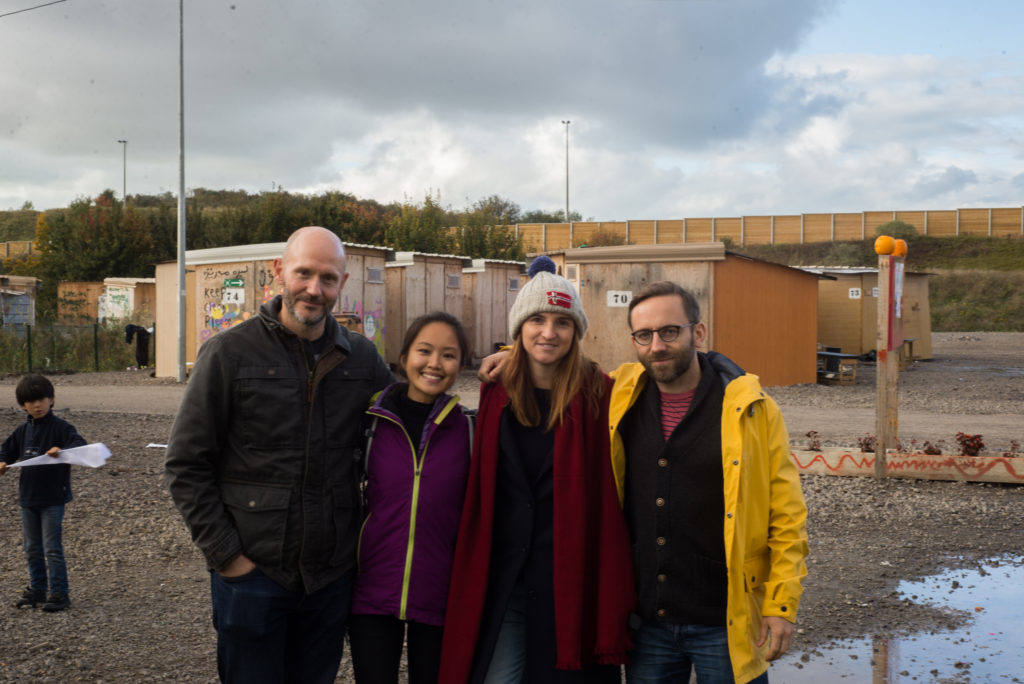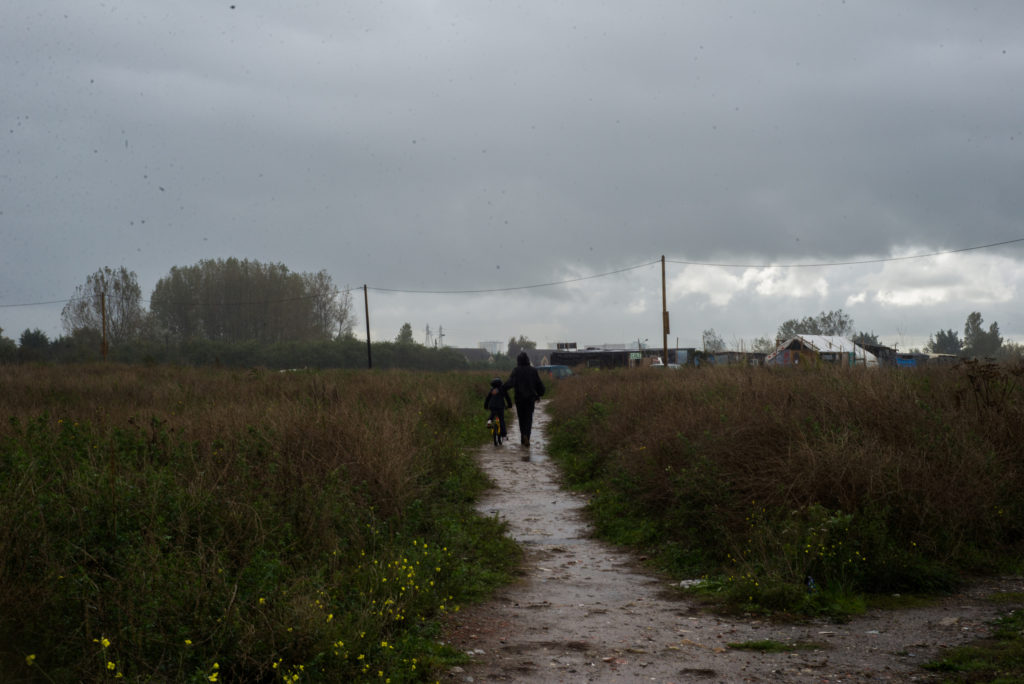Two weeks ago, The Techfugees team went to Calais to meet and talk with refugees, a few days ahead of the demolition.
The idea that technology can help support refugees is an obvious one, and we are interested in the “how”. Specifically, how can tech help refugees at each stage of their journey? Our goal for the weekend was to better understand the plight of refugees in camps and how tech can help them once the Calais Jungle was destroyed. How can tech help them communicate with loved ones, access information, and utilise NGOs on the ground to product vulnerable groups of women and children?

We started our day early by going to meet the UK charities in operation on the ground. We first met Help Refugees who have been on the ground for a year and organising most of the volunteer donations and supplies, to get an idea of how the operations are organised, how many people are involved as volunteers, as well as learning about the post-Jungle plans.

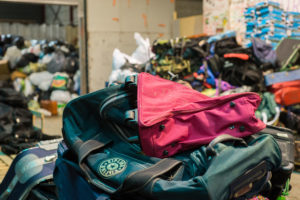
We saw how the charities rely on a large number of volunteers, with new arrivals every day. The briefing of volunteers is done face to face, with a great deal of reliance on improvised paper signs to organise the flow of people and materials. They have Whatsapp groups to organise the work: collection, triage and delivery – The impact that they achieve is commendable considering the resources they have, and is attributable to the unwavering dedication of their core team and volunteers. Watching the volunteers work tirelessly, we couldn’t help but wonder that is so much that could be done to make their work more efficient, to make their resources go further, and to make their efforts so much more impactful for the refugees.
We continued by going to the “Jungle” and meeting randomly with refugees. Some of them invited us into their “shelters” to talk about the demolition, and we listened to their stories. A lot of rumours were flying around. With each of them, we inquired on their use of technology and what kind of phones they had, what they were using it for, how they were paying for it etc.
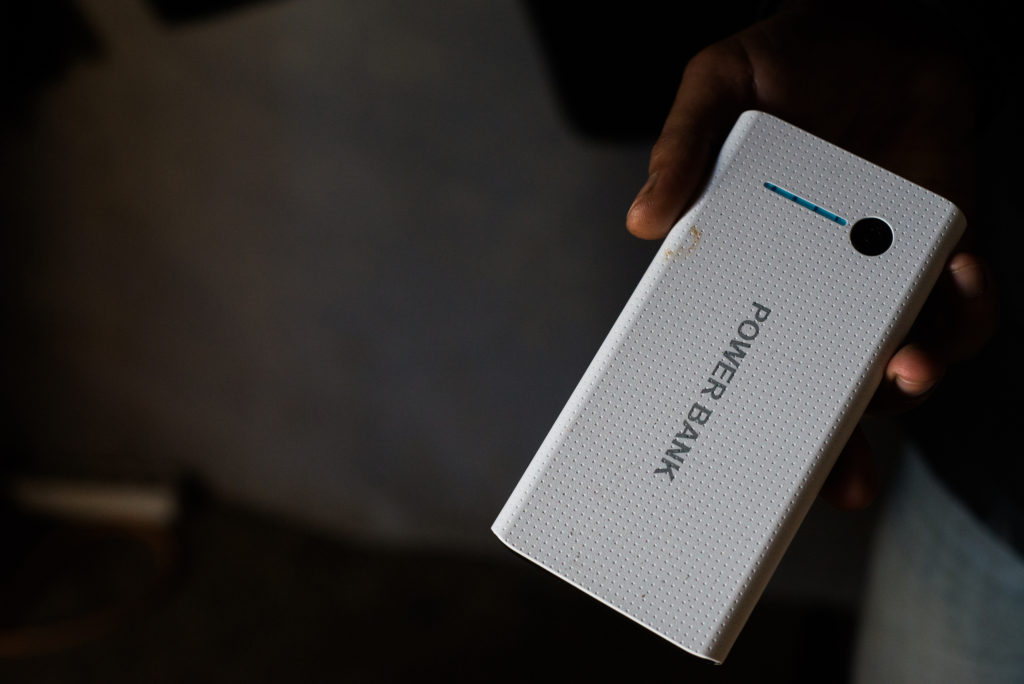
We saw that most of them use Android-based phones. They were constantly on Watsapp and Facebook – and yet they couldn’t get accurate or reliable information about the plan for the demolition, despite it happening over the next two days. We believe this presents a strong case for creating a trusted source of information – in the form of a chat-bot, or a simple, clean landing webpage in various languages and updated regularly. The IRC has already rolled out a successful project on these lines and Refugee Info Bus were the first to install wifi in Calais and provide legal information in 8 different languages.
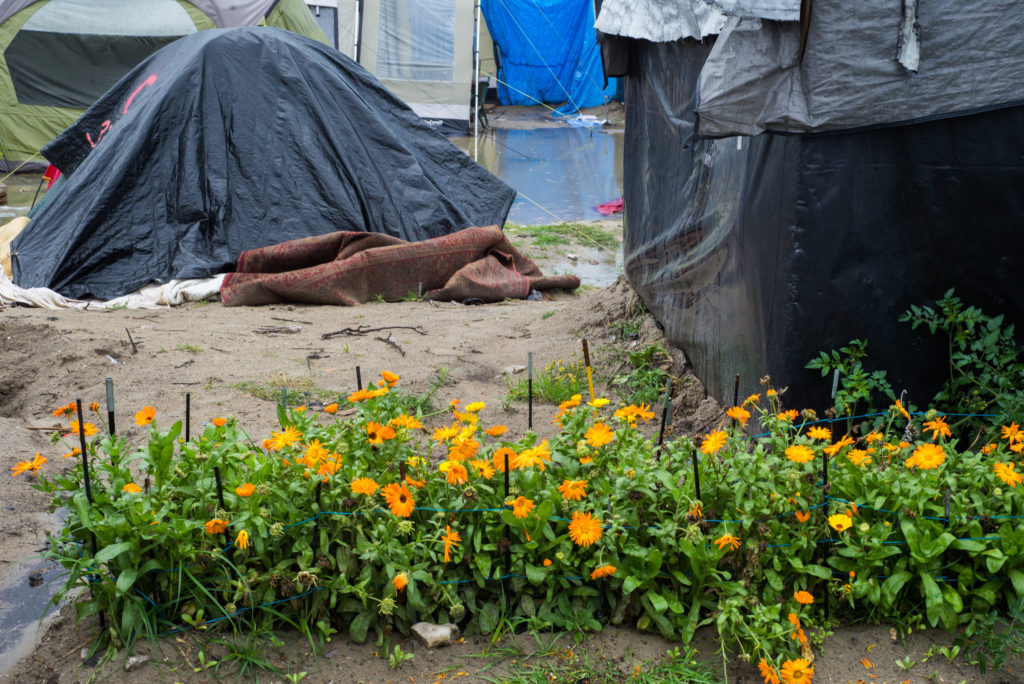
We shared lunch with refugees and volunteers of charities at the last remaining restaurant of the Jungle, before heading to an volunteer-run school that was improvised from a container. A few children came, with a very wide age-range – from 18 months to about 8 years of age.
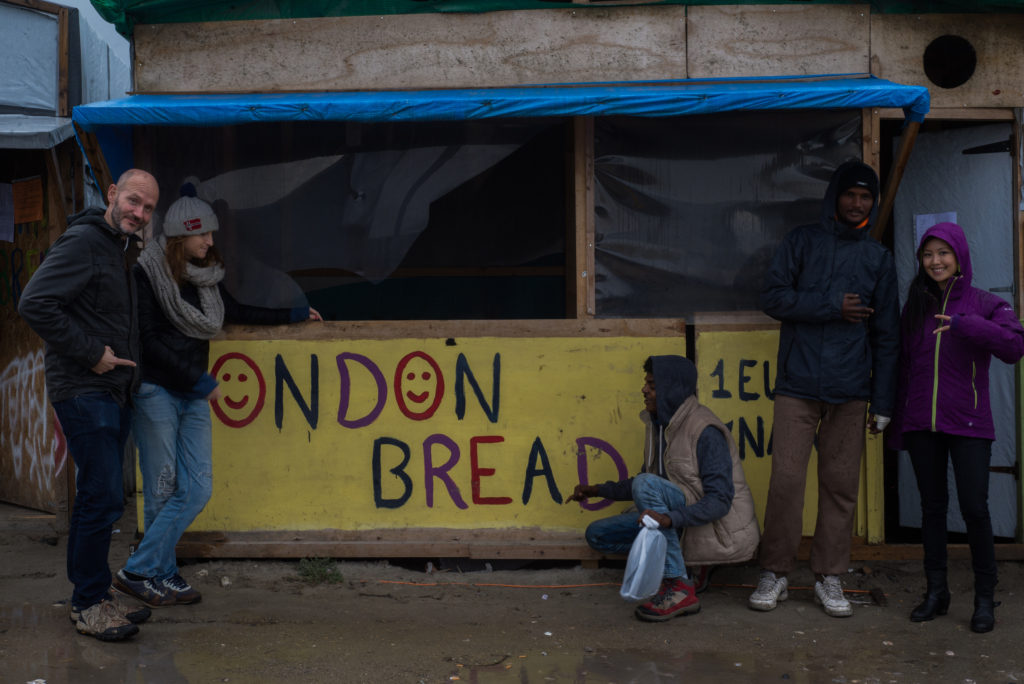
There is much to be said about a classroom where teachers change every week, where the follow up on the formal classroom session is close to none, and the mixing of children of very different ages. Whilst the two volunteer teachers attempted to divide the class based on age in order to give them different activities, this made classroom management extremely difficult, and they both said that continuity was nearly impossible given the fluctuating attendance and revolving door of teachers. At best, it gave the children some form of engagement with educational material, but could not be said to constitute a proper education.
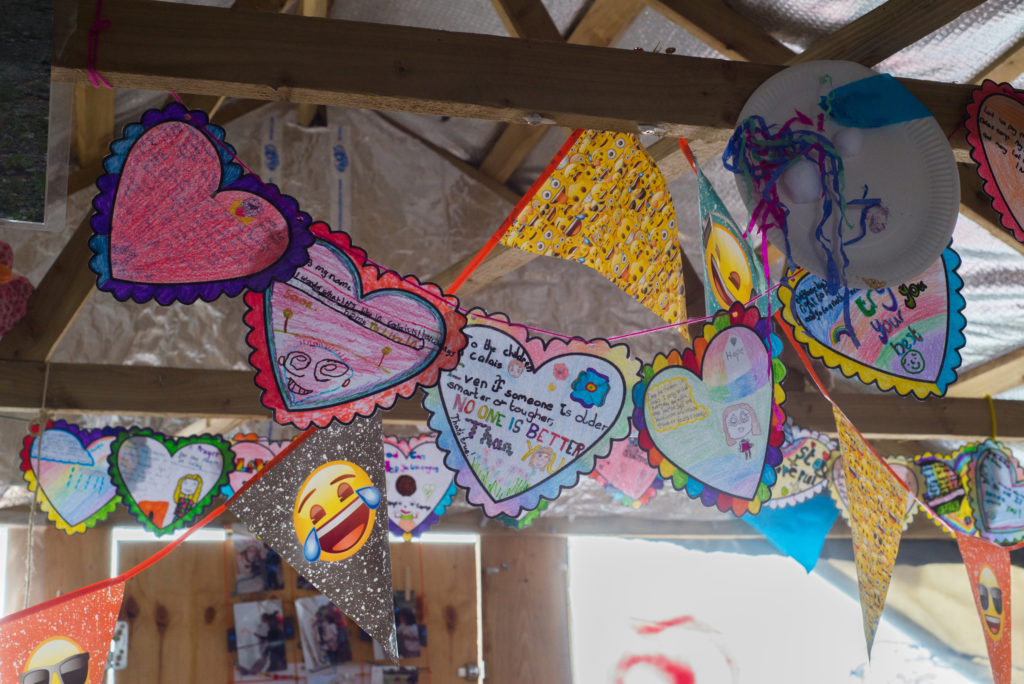
There is a case here for a platform for teachers to share curricula and teaching materials across refugee camps worldwide, as well as the introduction of online records to facilitate handover between volunteer teachers. Teacher training- including online training- is also key, especially given that many volunteer teachers lack formal teaching qualifications or experience working in such chaotic conditions. There is also a case for a digital library, which can follow up on the children’s learning, and a real opportunity to teach refugee children languages with apps and games.

We then turned to Grande Synthe, near Dunkerque, where another camp has formed since last year. The mayor committed to building this camp to UNHCR standards. We were briefed on the camp history, and how it runs. Its future is uncertain, as the French state were opposed to its construction, but the mayor is determined to fight for the cause of refugee dignity and social inclusion. While by no means luxurious, it was a world of difference from Calais. People were given tools and equipment to cook and provide for themselves, and most importantly, it was safe enough for women and children to walk around freely.
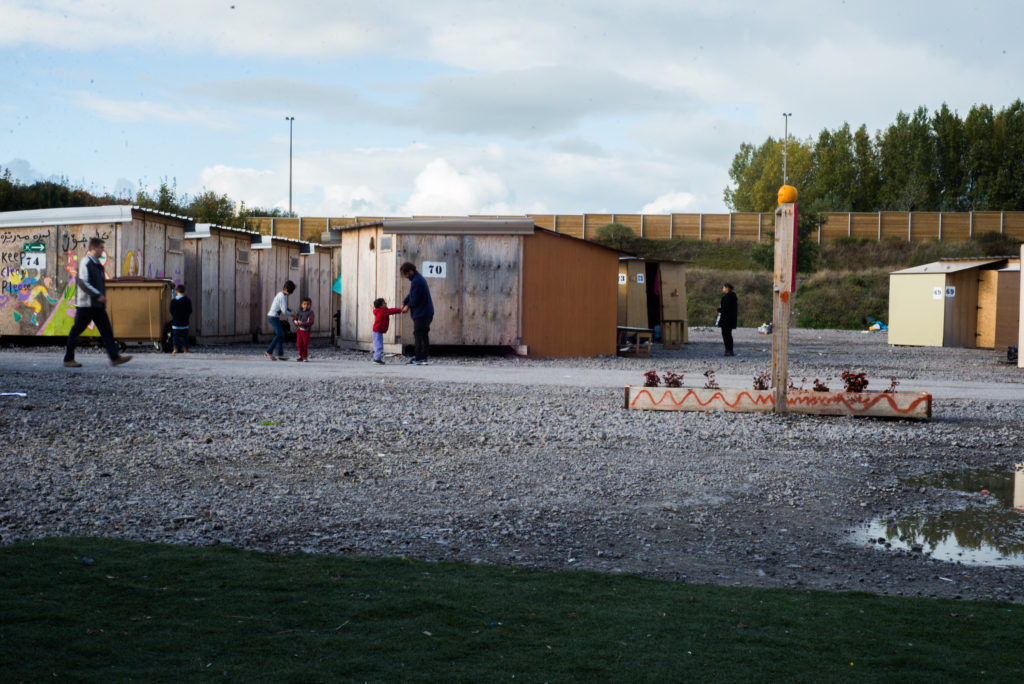
The mayor’s assistant expressed his interest to get refugees access to information online, as well as additional translation services to help refugees communicate and become socially included/ integrated. We are looking into coordinating a community of innovators that have worked in other camps, to provide internet and tech support to NGOs there. If you are interested in submitting your own solution for the camp or be part of the innovators coming with us – please do register yourself on Techfugees slack under the channel Grande Synthe.
**
It was not a pleasant field trip. The day left us quite exhausted and emotionally drained. It was not, for some of us, the first time in a camp but still – for all of us, the same troubling experience: seeing large numbers of people, including children, stuck in limbo, and without proper access to information. We couldn’t help but think about the consequences of a lost generation of children.
However we were able to observe first hand the complexity of the situation in which we are trying to deploy technology. Understanding the problem better will help us serve as a better conduit between the various stakeholders who are working hard to help refugees.
Donate to Techfugees to support technology solutions to refugees’ needs and social inclusion.
